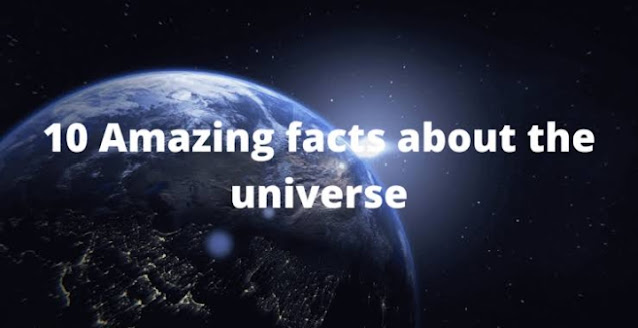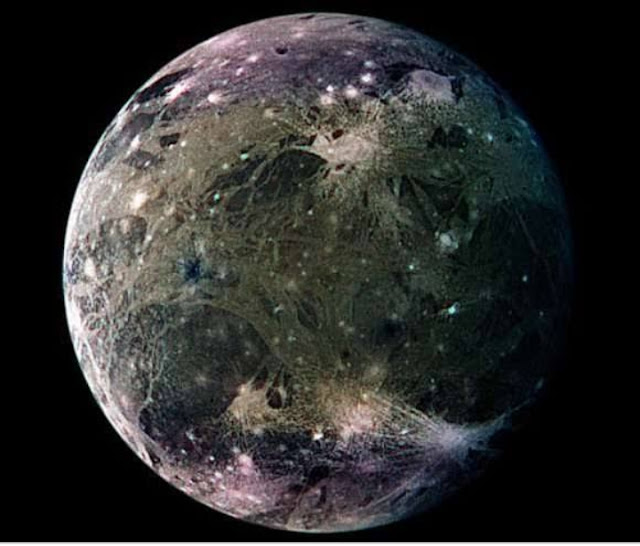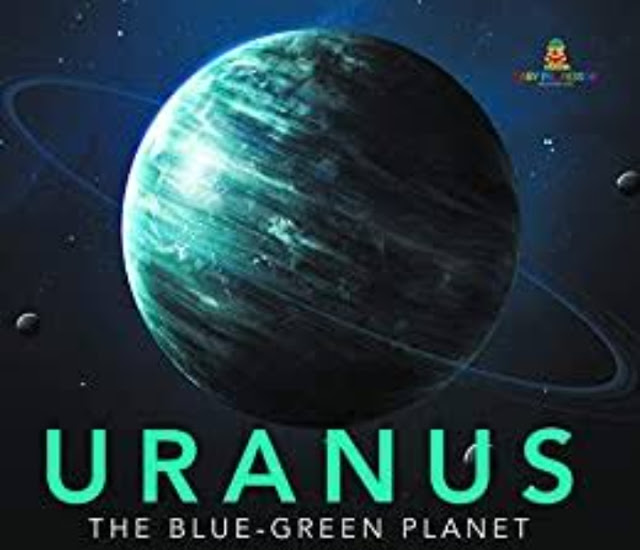10 INTERESTING FACTS ABOUT UNIVERESE!

1. We See Past In The Sky. Everyday when we see in the day or night sky we see the past of the objects because they are very far away from our Earth and light takes much time to travel that much distance to our eyes. For example– a bright star Vega which is 25 light years away from the Earth 🌎 and when we see it we are watching the star which was 25 years ago. 2. Millions Of Litres Of Alcohol!! At the centre of our Milky Way Galaxy a huge cloud of gas and dust is present which is called Sagittarius B and is 26000 light years away from our Solar System and it has 10 Billion Billion Billions litres of Alcohol. 3. Revolution Of Solar System. Our Solar System takes 225 million years to orbit one time around the Milky Way Galaxy that means when the Solar System was in this position last time there was the starting of Dinosaurs on our Earth. 4. Neptune's Discovery Neptune is only planet which was discovered before it was seen by the telescopes using mathematical predictions. It was fi




